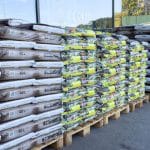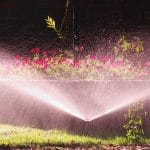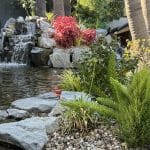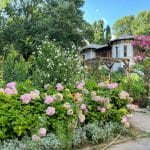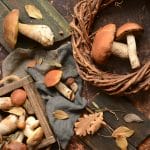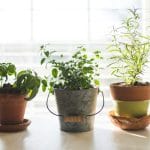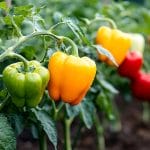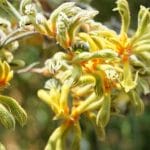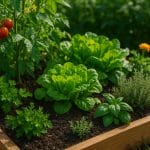Garden Planning for Beginners: Avoid These Common Mistakes
Garden Design In The Garden Trees & Shrubs
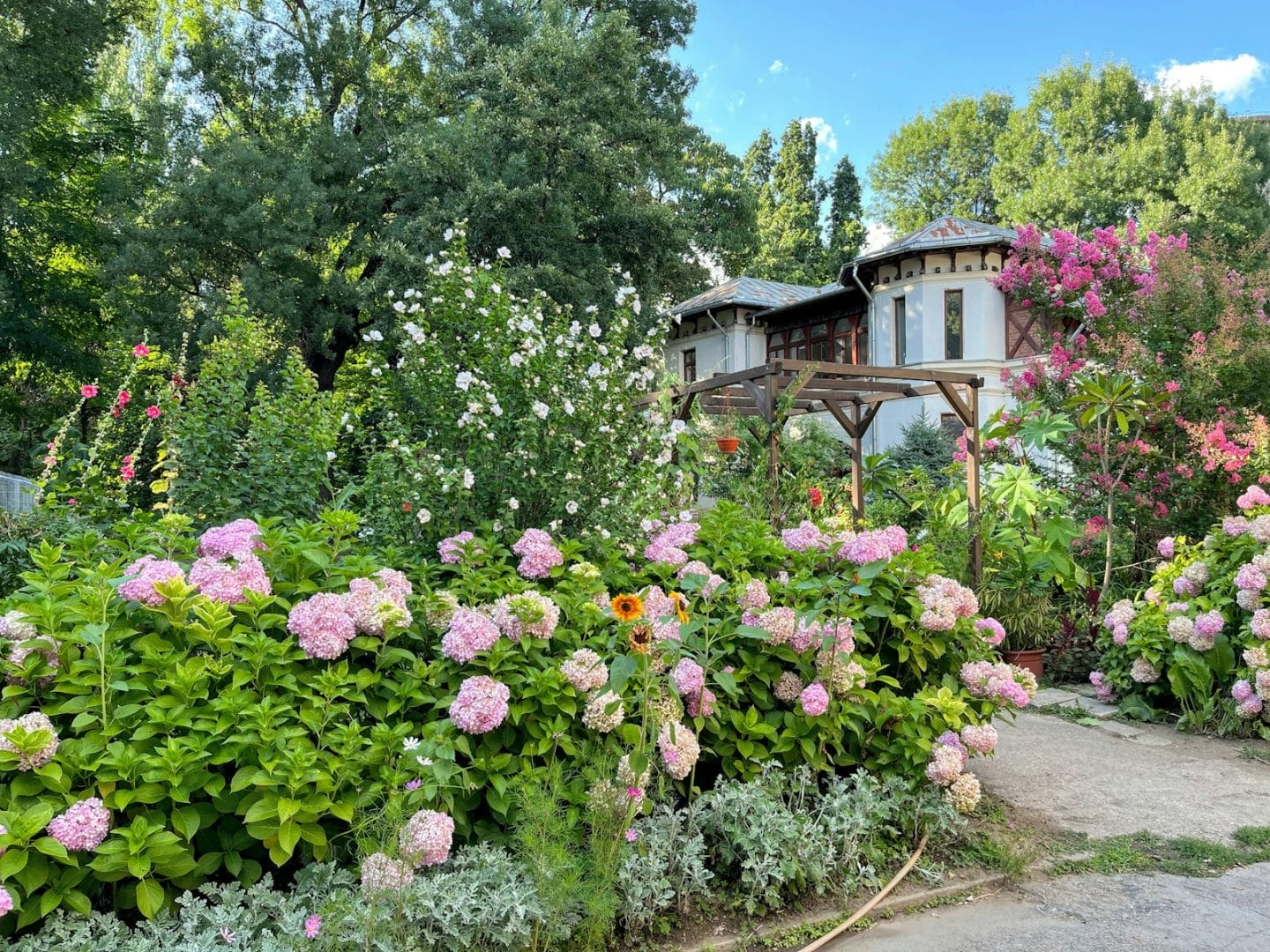
So you’re ready to start a garden. You’ve got the trowel, the seeds, and a big vision of juicy tomatoes and buzzing pollinators out the back door. Maybe a few fruit trees. Some herbs. A couple native shrubs to make the yard feel less like a box of grass and more like a place that actually lives.
But before you sink that first shovel into the ground, let’s talk about a few common rookie mistakes — ones I’ve personally made (more than once) — and how to dodge them with a little planning and a bit of trial-and-error wisdom.
Overcrowding: When Your Garden Turns Into a Plant Traffic Jam
It’s tempting, I know. You get to the nursery, see all those leafy little starts, and think, “I’ll just squeeze a few extras in.” Before you know it, your tomatoes are tangled up in your basil, and the zucchini’s running a hostile takeover on the peppers.
I’ve done this plenty — like the year I tried planting four squash in a 4×4 raised bed… alongside kale, onions, and a rogue sunflower. Looked promising at first. Then it turned into a jungle. A messy, mildew-filled jungle.
The fix? Give your plants breathing room.
Follow spacing recommendations — and when in doubt, give more room, not less. Think of it like throwing a dinner party: it’s better when everyone has a seat, not just a patch of floor to stand on.
Ignoring Sunlight: You Can’t Fake the Sun
Your veggies need light. Most of them — tomatoes, peppers, cucumbers, squash — want 6 to 8 full hours of sun a day.
That pretty spot near your patio? Might not cut it if it’s shaded half the afternoon.
Do the sun test. I call it the lawn chair method: plop down in the spot around 10 a.m. and stay awhile. If you’re squinting and sweating by noon, good sign. If you’re reaching for a hoodie, maybe not.
No sunlight, no harvest. It’s that simple.
Not Planning for Your Zone (Or Winter)
One of the biggest blind spots for new gardeners is planting without checking their USDA zone — or ignoring the fact that not every plant will survive the winter.
You might plant rosemary or a fig thinking it’s permanent, only to watch it shrivel when the first frost hits.
Before you buy a plant, check its zone hardiness. If you’re in Zone 8, and that citrus only survives in Zone 10, that’s a problem unless you’re bringing it inside or using a container you can move.
I always remind folks: some plants are perennials, some are wishful thinking. Plan accordingly. And don’t be afraid to mix annuals with reliable perennials that come back strong year after year — especially native shrubs and trees that earn their keep.
Forgetting About Watering — And Not Using Drip
One of the best things I ever did for my sanity (and my garden) was installing drip irrigation with a timer.
Hand watering works in a pinch, but it’s easy to miss a day — especially during summer, when missing one hot afternoon can fry your seedlings faster than you can say “heat dome.”
A basic drip setup isn’t complicated, and it saves you time, water, and guilt. Set it and forget it — mostly.
And here’s the kicker: in the hotter months, your plants will need a little more water than usual. A timer’s great, but you still want to check the soil during heat waves. I bump mine up an extra 10–15 minutes on really hot days.
Pro tip: mulch helps, too — keeps roots cool and holds in moisture.
Not Thinking About Containers for Trees and Shrubs
If you’re adding trees or large shrubs, don’t overlook container sizes at the nursery. You’ll usually see them in 1, 3, 5, or 15-gallon pots.
- 1-gallon is good for smaller perennials or quick-rooting shrubs — cheaper and easier to plant.
- 3 or 5-gallon gives you a stronger root system for most shrubs and dwarf trees.
- 15-gallon trees are heavier and cost more, but give you a more established head start.
I’ve planted from all sizes, and there’s no “right” answer — just depends on your patience and your budget.
No matter the size, use organic soil blends that are dog-safe and wildlife-friendly. Plenty of brands offer soils without synthetic fertilizers or pesticides, and I always look for the OMRI-listed ones (Organic Materials Review Institute).
Your dog, the birds, the bees — they’ll thank you.
Not Protecting Against Gophers (Until It’s Too Late)
If you’ve got gophers in your yard, and you’re planting straight in the ground — don’t skip this part.
Gophers don’t mess around. I’ve lost trees, whole tomato rows, and one very promising artichoke to those underground snackers.
The fix? Gopher baskets. These are wire cages you sink into the planting hole — then set the root ball inside before backfilling. They keep roots safe without interfering with growth.
You can buy them premade or fashion your own out of hardware cloth. It’s one extra step, but it’s a lot better than coming out to a toppled tree that’s been chewed off at the base.
Skipping Succession Planting
Let’s say you knock it out of the park in spring — lettuce, radishes, snap peas. And by early summer, you’ve got… empty beds.
That’s where succession planting comes in. It’s the art of keeping your garden in motion. As one crop finishes, another goes in.
- Pull your lettuce? Drop in some bush beans.
- Garlic harvested? Maybe some carrots or fall beets.
- Tomatoes fading in late summer? Try some quick-growing greens before frost.
You don’t need a spreadsheet — just a little awareness of your timing. Mark your calendar. Keep seeds handy. Don’t let your space sit idle.
Final Thoughts: Grow With Intention, Not Perfection
Here’s the thing: gardens don’t have to be flawless to be beautiful. A little wild is fine. Some dead leaves? No big deal. But if you plan with the long game in mind — sunlight, water, spacing, local climate — you’ll set yourself up for a garden that thrives instead of just surviving.
I’ve learned most of this through sheer repetition. Dig. Fail. Replant. Repeat. But that’s the joy of it — the garden changes you while you change it.
So pick your plants wisely. Use organic, pet-safe soils. Think about what might come back next spring, and what’s just a summer guest. Protect your roots if you’ve got critters below. Add drip. Set a timer. Water a bit more when summer gets mean.
And above all: plant for peace, beauty, and food — not just for this season, but for the years to come.
FAQ: Garden Planning for Beginners
+ Why is overcrowding such a problem in beginner gardens?
When plants are packed too tightly, they compete for sun, water, and airflow. That can mean mildew, stunted growth, and fewer harvests. Always follow spacing guides—or even give a little extra room if you can.
+ How much sunlight does a vegetable garden need?
Most veggies—like tomatoes, peppers, cucumbers, and squash—thrive on 6 to 8 hours of direct sun a day. Do a quick sun test before planting, since shady patios or fences can cut light in half.
+ What’s a USDA zone, and why does it matter?
Your USDA hardiness zone tells you what perennials will survive winter in your region. Planting outside your zone (say, a Zone 10 citrus in Zone 8) often leads to disappointment when frost arrives.
+ Is drip irrigation really better than hand watering?
Yes. A simple drip system with a timer saves time, water, and headaches. It delivers steady moisture right at the roots, which is especially handy during summer heat waves when plants dry out fast.
+ Should I worry about gophers before planting?
If you’ve got gophers, protect roots from day one. Use wire gopher baskets or hardware cloth in planting holes—otherwise you may lose trees, tomatoes, or artichokes overnight.
+ What’s succession planting, and do I need it?
Succession planting keeps your beds productive. When one crop finishes—like lettuce or peas—swap in another, such as beans, carrots, or fall greens. It’s an easy way to avoid bare soil midseason.
+ What soil should I use for trees and shrubs?
Choose organic, OMRI-listed soil mixes that are safe for pets and wildlife. Container size matters too: 1-gallon is fine for small shrubs, 3–5 gallon for most trees, and 15-gallon if you want a head start.
Share this post
Table of Contents
- Overcrowding: When Your Garden Turns Into a Plant Traffic Jam
- Ignoring Sunlight: You Can’t Fake the Sun
- Not Planning for Your Zone (Or Winter)
- Forgetting About Watering — And Not Using Drip
- Not Thinking About Containers for Trees and Shrubs
- Not Protecting Against Gophers (Until It’s Too Late)
- Skipping Succession Planting
- Final Thoughts: Grow With Intention, Not Perfection
- FAQ: Garden Planning for Beginners
All categories
More From The Garden
Disclosure: This post may contain affiliate links. That means if you click and buy, The Bright Garden may earn a small commission, at no extra cost to you. We only recommend products we’ve vetted and believe will benefit our readers.

